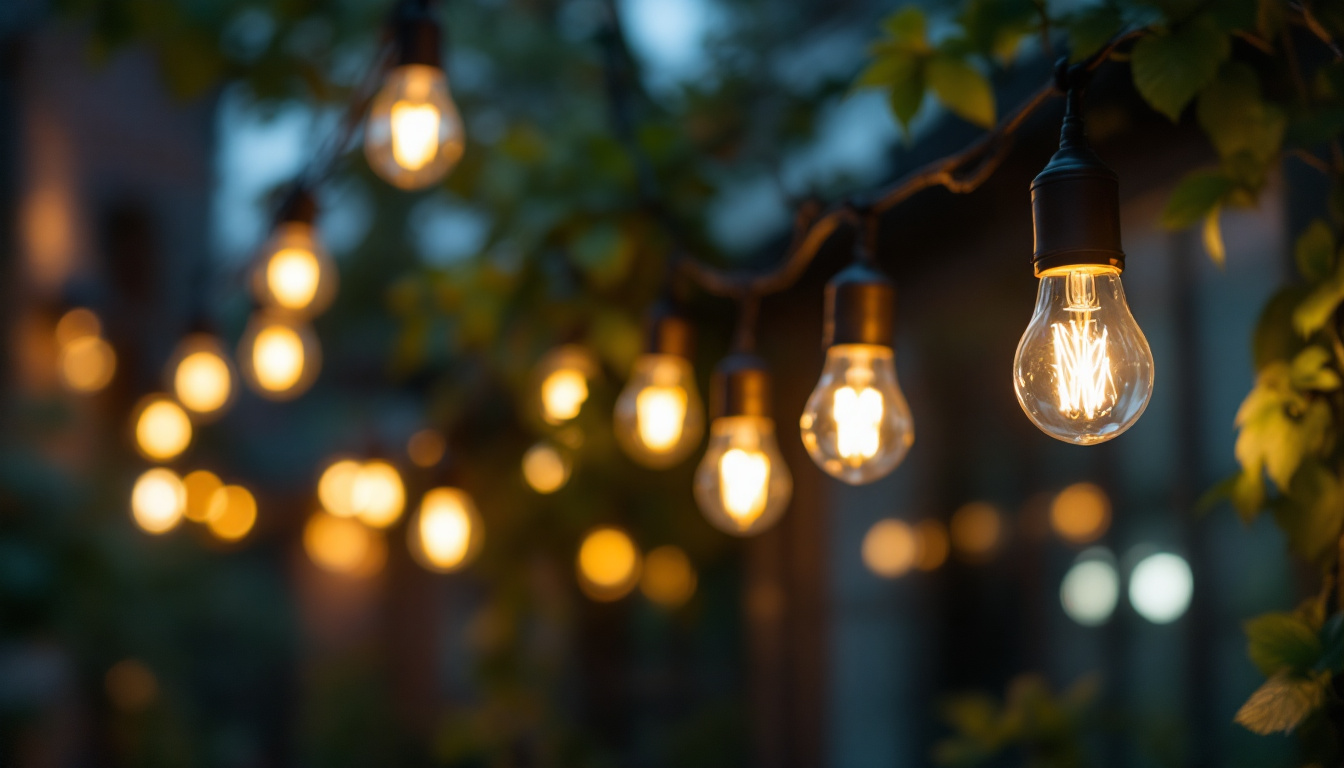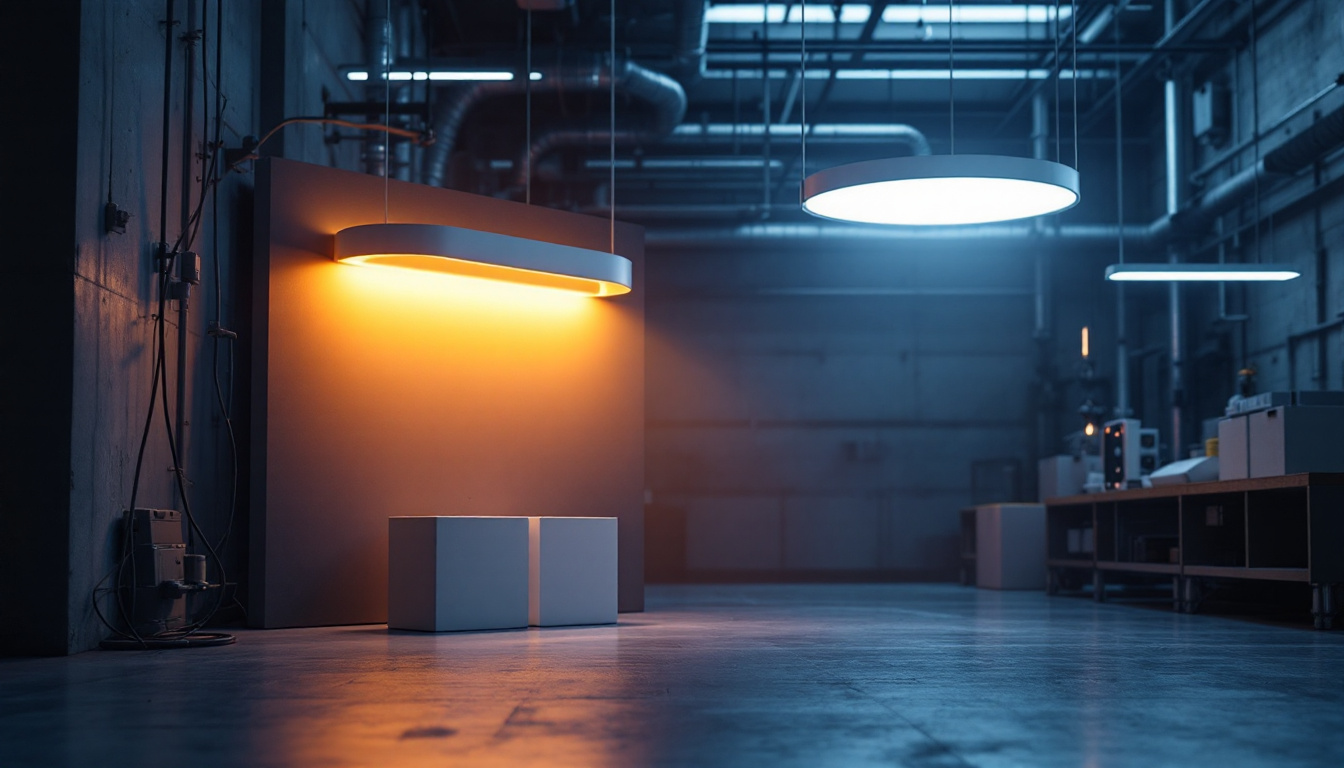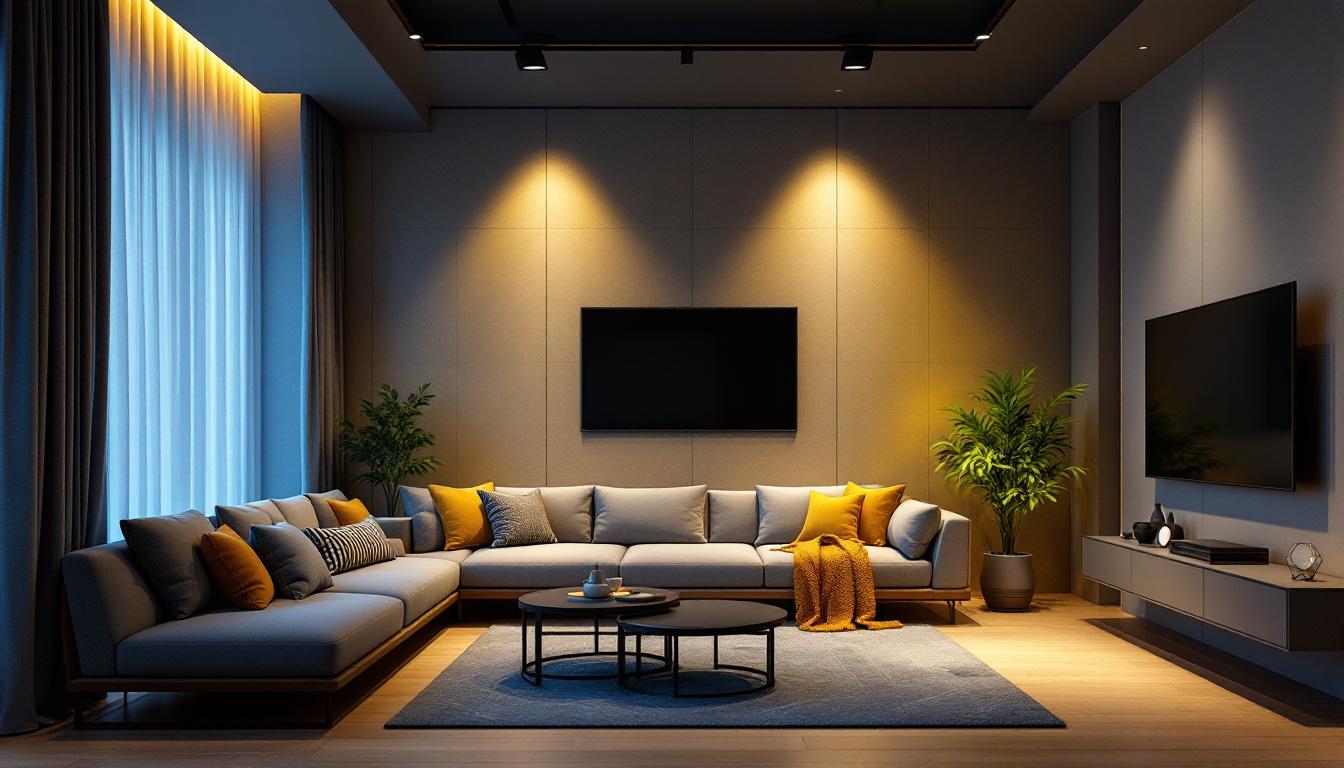
In the realm of lighting installations, safety is paramount. The choice of lightbulbs plays a crucial role in ensuring that spaces are not only illuminated effectively but also safely. Bright lightbulbs, in particular, have become a focal point for contractors looking to enhance safety in various environments. This article delves into the significance of bright lightbulbs, examining their advantages, applications, and the technology behind them.
Bright lighting serves multiple purposes, particularly in commercial and industrial settings. It helps to improve visibility, reduce accidents, and enhance overall safety. When spaces are well-lit, individuals can navigate them more easily, minimizing the risk of trips and falls.
One of the primary benefits of bright lightbulbs is their ability to enhance visibility. In poorly lit areas, shadows can obscure hazards, making it difficult for individuals to recognize potential dangers. Bright lighting eliminates these shadows, allowing for better awareness of one’s surroundings. This is especially critical in environments such as warehouses, factories, and parking lots, where the risk of accidents is higher. Furthermore, the psychological effects of bright lighting cannot be overlooked; studies have shown that well-lit spaces can boost morale and productivity among workers, as they feel more alert and engaged in their tasks.
Bright lighting also plays a vital role in deterring criminal activity. Well-lit areas are less attractive to potential wrongdoers, as they increase the likelihood of being seen or caught. By installing bright lightbulbs in outdoor spaces, such as parking lots and building exteriors, contractors can contribute to a safer environment for both employees and customers. Additionally, the presence of bright lighting can foster a sense of community safety, encouraging more people to use public spaces after dark. This increased foot traffic can further deter crime, creating a positive feedback loop where safety begets more safety.
In recent years, advancements in lighting technology have led to the development of energy-efficient bright lighting options, such as LED bulbs. These not only provide the necessary illumination but also consume significantly less energy compared to traditional incandescent bulbs. This shift not only reduces operational costs for businesses but also aligns with sustainability goals by lowering carbon footprints. Moreover, many municipalities are now incentivizing the use of energy-efficient lighting in public spaces, recognizing the dual benefits of improved safety and reduced environmental impact. As organizations increasingly adopt these technologies, they contribute to a broader movement towards sustainable practices in urban planning and development.
Bright lightbulbs are versatile and can be applied in various settings. From commercial spaces to residential areas, their benefits can be observed across different environments. Understanding these applications can help contractors make informed decisions when planning lighting installations.
In commercial settings, bright lighting is essential for both functionality and aesthetics. Retail stores, for example, benefit from bright lightbulbs that not only illuminate products but also create an inviting atmosphere for shoppers. Proper lighting can enhance product visibility, making it easier for customers to make purchasing decisions.
Moreover, in office environments, bright lighting can improve employee productivity. Studies have shown that well-lit spaces can enhance focus and reduce eye strain, contributing to a more efficient work environment. Contractors should consider the specific lighting needs of each commercial space to optimize safety and functionality. The use of bright lightbulbs in conference rooms can also foster a more dynamic atmosphere, encouraging creativity and collaboration during brainstorming sessions. Additionally, strategically placed lighting can highlight architectural features, further enhancing the overall aesthetic appeal of the space.
In industrial settings, the importance of bright lighting cannot be overstated. Factories and warehouses often involve complex machinery and hazardous materials. Bright lightbulbs ensure that workers can see clearly, reducing the risk of accidents and injuries. Additionally, proper lighting can facilitate better communication among team members, as visibility is crucial for teamwork and collaboration.
Furthermore, bright lighting plays a significant role in quality control processes within manufacturing environments. Adequate illumination allows for detailed inspections, ensuring that products meet safety and quality standards before reaching consumers. In areas where precision is key, such as assembly lines or laboratories, bright lightbulbs can make a notable difference in the accuracy of tasks performed. Moreover, energy-efficient bright lightbulbs can also contribute to lower operational costs, making them a smart choice for businesses looking to enhance their bottom line while maintaining a safe working environment.
The evolution of lighting technology has significantly impacted the effectiveness of bright lightbulbs. Innovations such as LED technology have transformed the landscape of lighting installations, offering numerous advantages over traditional incandescent or fluorescent bulbs. The shift towards brighter, more efficient lighting options has not only enhanced visibility in various settings but has also opened up new possibilities for design and functionality in both residential and commercial spaces.
One of the most notable benefits of modern bright lightbulbs, particularly LEDs, is their energy efficiency. These bulbs consume significantly less energy than their traditional counterparts, which not only reduces electricity costs but also minimizes the environmental impact. For contractors, recommending energy-efficient lighting solutions can be a selling point for clients seeking sustainable options. Furthermore, the adoption of smart lighting systems that can be controlled remotely or programmed to adjust based on natural light availability has further amplified energy savings, allowing users to optimize their lighting usage in real-time and reduce their carbon footprint even more.
Bright lightbulbs, especially LEDs, have a longer lifespan compared to traditional bulbs. This longevity translates to reduced maintenance costs, as replacements are needed less frequently. For contractors, this means less time spent on servicing and more focus on new projects. Clients will appreciate the reduced hassle and the cost savings associated with longer-lasting lighting solutions. Additionally, the durability of LEDs makes them suitable for a variety of environments, from residential homes to industrial settings, where harsh conditions might otherwise lead to frequent bulb failures. This resilience not only enhances the reliability of lighting installations but also contributes to overall safety, as consistent lighting is crucial in preventing accidents in workplaces and public areas.
When it comes to lighting installations, adhering to safety standards and regulations is crucial. Contractors must be aware of the guidelines that govern lighting in various environments to ensure compliance and safety.
Building codes often dictate the minimum lighting levels required in different spaces. These codes are designed to ensure that areas are adequately illuminated for safety. Contractors should familiarize themselves with local building codes and ensure that their lighting installations meet or exceed these requirements. This not only enhances safety but also protects contractors from potential liabilities.
The Occupational Safety and Health Administration (OSHA) provides guidelines for workplace safety, including lighting requirements. These guidelines emphasize the importance of proper illumination in reducing workplace accidents. Contractors should integrate OSHA recommendations into their lighting designs to create safer work environments.
Selecting the appropriate bright lightbulbs for a specific installation involves considering various factors. Contractors must assess the unique needs of each project to ensure optimal safety and performance.
Color temperature plays a significant role in how light is perceived. Bright lightbulbs are available in various color temperatures, ranging from warm white to cool daylight. Cooler temperatures tend to enhance alertness and concentration, making them ideal for work environments. Contractors should consider the purpose of the space when selecting the color temperature to maximize safety and functionality.
The brightness of a lightbulb is measured in lumens. When choosing bright lightbulbs, contractors should evaluate the lumen output required for the specific area. For instance, a warehouse may require higher lumen levels compared to a retail store. Understanding the required brightness levels ensures that spaces are well-lit, contributing to safety and comfort.
Proper installation of bright lightbulbs is essential to ensure their effectiveness and safety. Contractors should adhere to best practices to optimize the performance of the lighting systems.
The positioning of light fixtures can significantly impact the overall effectiveness of bright lighting. Fixtures should be strategically placed to eliminate shadows and provide even illumination throughout the space. Contractors should conduct thorough assessments of the area to determine the optimal placement of light fixtures, ensuring that all critical zones are adequately lit.
Regular maintenance and inspections are vital to ensure that bright lightbulbs continue to function effectively. Contractors should establish a maintenance schedule to check for burnt-out bulbs, clean fixtures, and assess overall lighting performance. This proactive approach not only enhances safety but also prolongs the lifespan of the lighting system.
Bright lightbulbs are more than just a source of illumination; they are a critical component of safety in lighting installations. By enhancing visibility, deterring criminal activity, and adhering to safety standards, contractors can create safer environments for their clients. With advancements in technology, the benefits of bright lighting continue to grow, making it an essential consideration in any lighting project.
As the demand for safe and efficient lighting solutions increases, contractors must stay informed about the latest trends and technologies. By prioritizing bright lightbulbs in their installations, they can contribute to safer, more productive spaces that benefit everyone.
Ready to elevate the safety and efficiency of your lighting installations? LumenWholesale is here to support your projects with high-quality, spec-grade lighting products at unbeatable wholesale prices. Say goodbye to local distributor markups and hello to a vast selection of reliable lighting solutions that meet the highest industry standards. Take advantage of our hassle-free bulk buying options with free shipping, ensuring you get the premium lighting you need at the best value — without any hidden fees. Make the smart choice for your lighting installations and experience the best in wholesale lighting with LumenWholesale today.

Explore the cutting-edge world of lights industrial, where innovation meets design in the future of lighting.

Discover the essential checklist for lighting contractors focusing on 2500 lumens.

Discover how reces lights are revolutionizing the lighting industry with their innovative design and energy efficiency.

Discover 5 key reasons lighting contractors should prioritize retrofit LED downlights, including energy savings, cost efficiency, and enhanced durability—boost your projects today!.